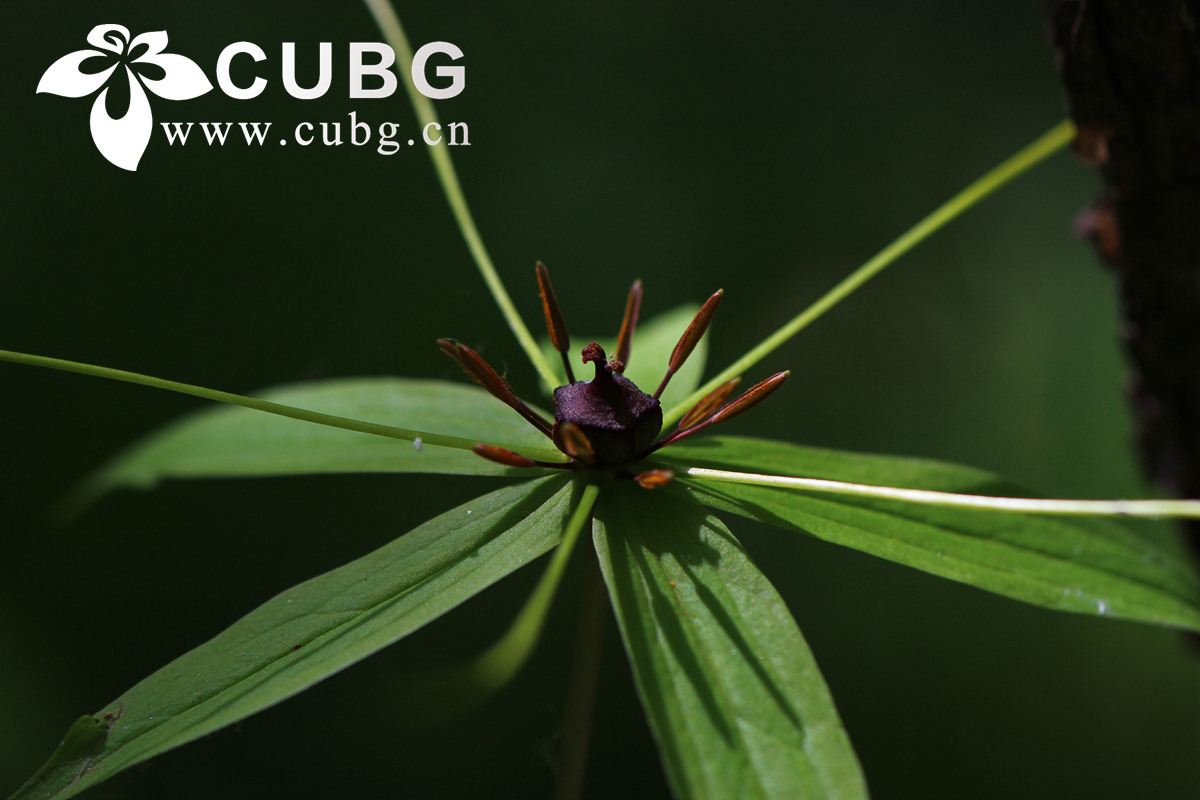Paris polyphylla is recognized as an important traditional medicinal plant in China. While there has been a surge in research examining the growth and bioactive compound biosynthesis of Paris polyphylla (P. polyphylla), the physiological adaptions to environmental factors such as soil moisture are not yet fully understood.
In a study published in Industrial Crops & Products, researchers from Xishuangbanna Tropical Botanical Garden (XTBG) of the Chinese Academy of Sciences demonstrated how the valuable medicinal plant P. polyphylla (Chong Lou) adaptively enhanced the production of its potent anti-cancer and anti-inflammatory compounds, known as polyphyllins, in response to drought stress.
The study unveiled the complex genetic and molecular mechanisms underlying this survival strategy, thereby presenting novel approaches for developing crops with superior resilience and medicinal properties.
The researchers investigated the impact of soil water stress on the growth and polyphenol biosynthesis of P. polyphylla. An examination of growth and polyphenol accumulation under three distinct soil moisture levels (40%, 55%, 70%) revealed that a lower water content (SWC40) notably retarded the germination of seedlings and leaf expansion. However, it concurrently amplified the accumulation of polyphenols in rhizomes.
Using advanced transcriptomic analysis (studying all active genes), the researchers identified 40 key genes directly involved in polyphyllin production. Most showed dramatically higher activity levels specifically in the rhizomes under drought stress (SWC40), perfectly aligning with the measured spike in polyphyllin content.
Through the application of co-expression network analysis, they identified certain drought-responsive transcription factors (TFs) - namely basic leucine zipper (bZIP), basic helix-loop-helix (bHLH), and APETALA2 (AP2) - that function as key regulators in activating the production genes of polyphyllin under conditions of drought stress.
Employing the sophisticated Random Walk with Restart (RWR) algorithm, the researchers prioritized 98 high-confidence candidate genes likely playing key roles in both polyphyllin biosynthesis and drought response. Among these, genes coding for enzymes like UGTs (UDP-glycosyltransferases) and 2-ODDs (2-oxoglutarate-dependent dioxygenases) were prominent.
“Our study provides the computational predictions of expressed sequence tag-simple sequence repeat (EST-SSR) markers associated with the identified key regulatory and biosynthetic genes identified in P. polyphylla. This work aims to expedite the development of new P. polyphylla varieties that are optimized for both high medicinal compound yield and enhanced drought tolerance,” said LIU Changning of XTBG.

Paris polyphylla (Image by ZHU Renbin)
Available online 6 May 2025

